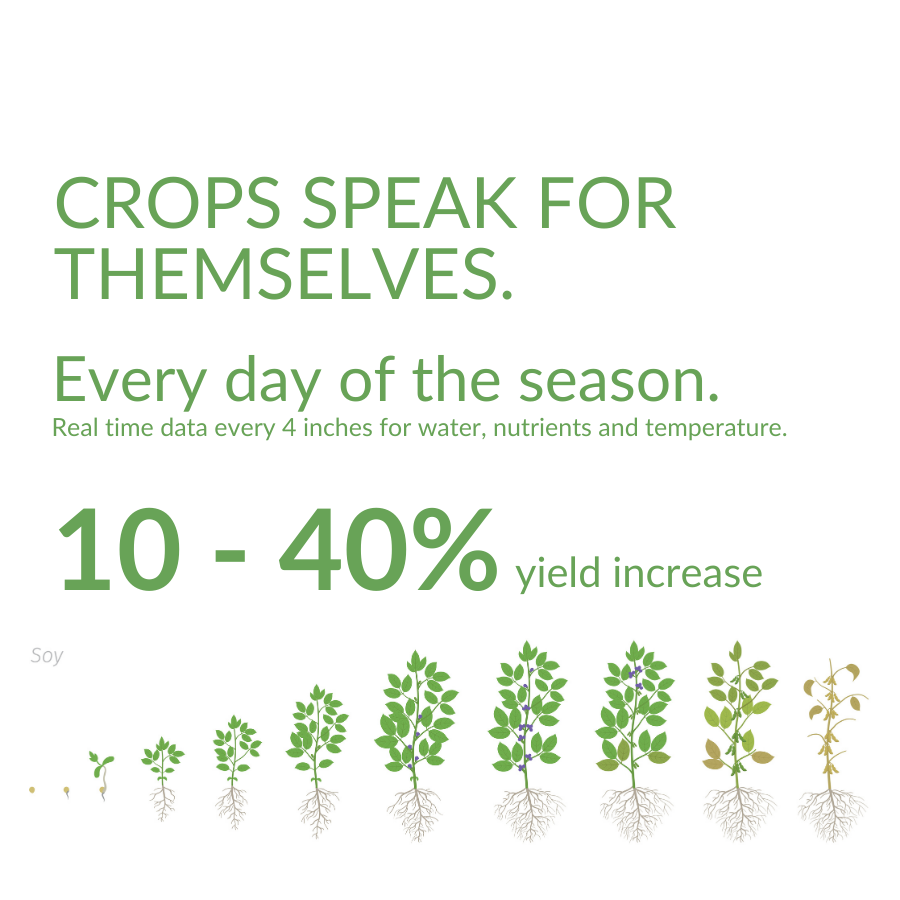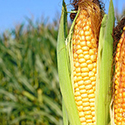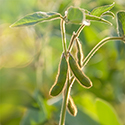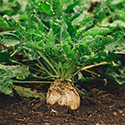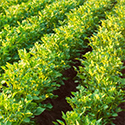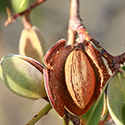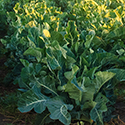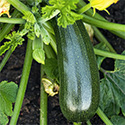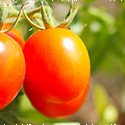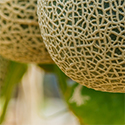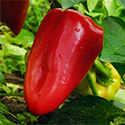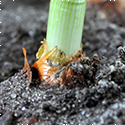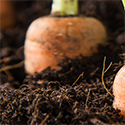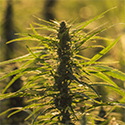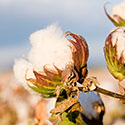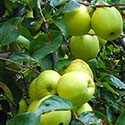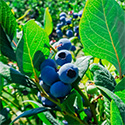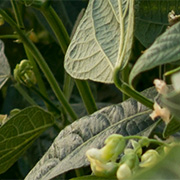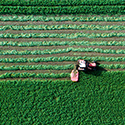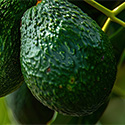How to grow soybeans
- Second most planted crop in the U.S.
- Plants fix nitrogen, so they are often planted in rotation with corn
- 361.06 Million metric tons harvested worldwide last year
- Processed for enviro-friendly oil, livestock feed, biodiesel and many other uses
- Only 6% is consumed by humans, mainly as cooking oil
Growing soybeans
- Soybeans are planted from purchased GMO-modified hybrid seed
- Over 10,000 cultivars are available for better yields & herbicide/pest resistance
- In the Midwest plant as soon as soil temps reach 50F, ideally in April
- Typical effective root zone is 24”
- In some parts of the country soybeans have been planted successfully for 20+years without rotation
- Growing season for soybeans depends on the cultivar, typically between 90-150 days
- Growers harvest when the seed pods are not quite brown, or they may turn brittle and shatter on harvest, reducing yield
- Expeller pressing can extract 12-14% of soybeans as oil. Solvent extraction of the cake can bring total yield up to 18-20%
The market for soybeans
Soybeans are processed into oil and solids (soymeal or “cake”). Soymeal solids are relatively high in protein, and are a sought-after livestock food. Soybean oil is the second most popular cooking oil worldwide behind palm oil. Over 44% of the worldwide soybean harvest is traded, with four countries (US, Brazil, Argentina and India) responsible for the bulk of the exports, and China the far and away leading importer, importing as much as 80% of the available supply. Europe is the second largest importer, importing mainly solids for use as livestock feed.
About 40% of China’s imports have traditionally come from the US, however, in 2018 China imposed a 25% tariff on US goods including soybeans. The US surplus was sold to other countries, while China turned to Brazil for its needs. This may have exacerbated deforestation issues in Brazil.
Agricultural challenges with growing soybeans
Overwatering soybeans can lead to tall leafy plant susceptible to disease and lodging, where the plant stem bends at the soil level. Straight corn-soybean rotation can lead to deterioration of nutrients, as microbes in the soil used to soybeans eat older nutrients when corn is planted. Soybeans do not grow quickly after emergence, and can be out-competed by herbicide-resistant waterhemp and other weeds. Waterhemp infestation can cause crop yield losses of over 40%. Soybeans can mature rapidly as the fall days get shorter, so the timing between final watering and harvest is critical.
Contact AquaSpy
AquaSpy for Soybeans
With a Crophesy annual subscription, you receive a free simple, three-sensor, wireless, soil moisture probe. Place these rugged, water-tight probes throughout your soybean field and connect them to the app via your smartphone.
Then you can instantly monitor soil and crop health for all of your soybeans. And if you want to test the soil in other areas, you can quickly and easily move the moisture probe, which is battery-powered and provides season-long insight.
While you can look at the visual analysis of leaves, spending hours in your field, Crophesy enables you to open your app from anywhere and show you what kind of nourishment is available in your soil at your soybean crop root depth. With this data, you can determine when the active root zone needs vital nutrients.
In addition to nutrient data, the Crophesy app can show you:
- Moisture consumption at the root level
- Salinity level in the active root zone
- Root depth
- Soil temperature near the sensors
- Irrigation depth
And it tells you all this without you having to step foot in your Soybean field.
